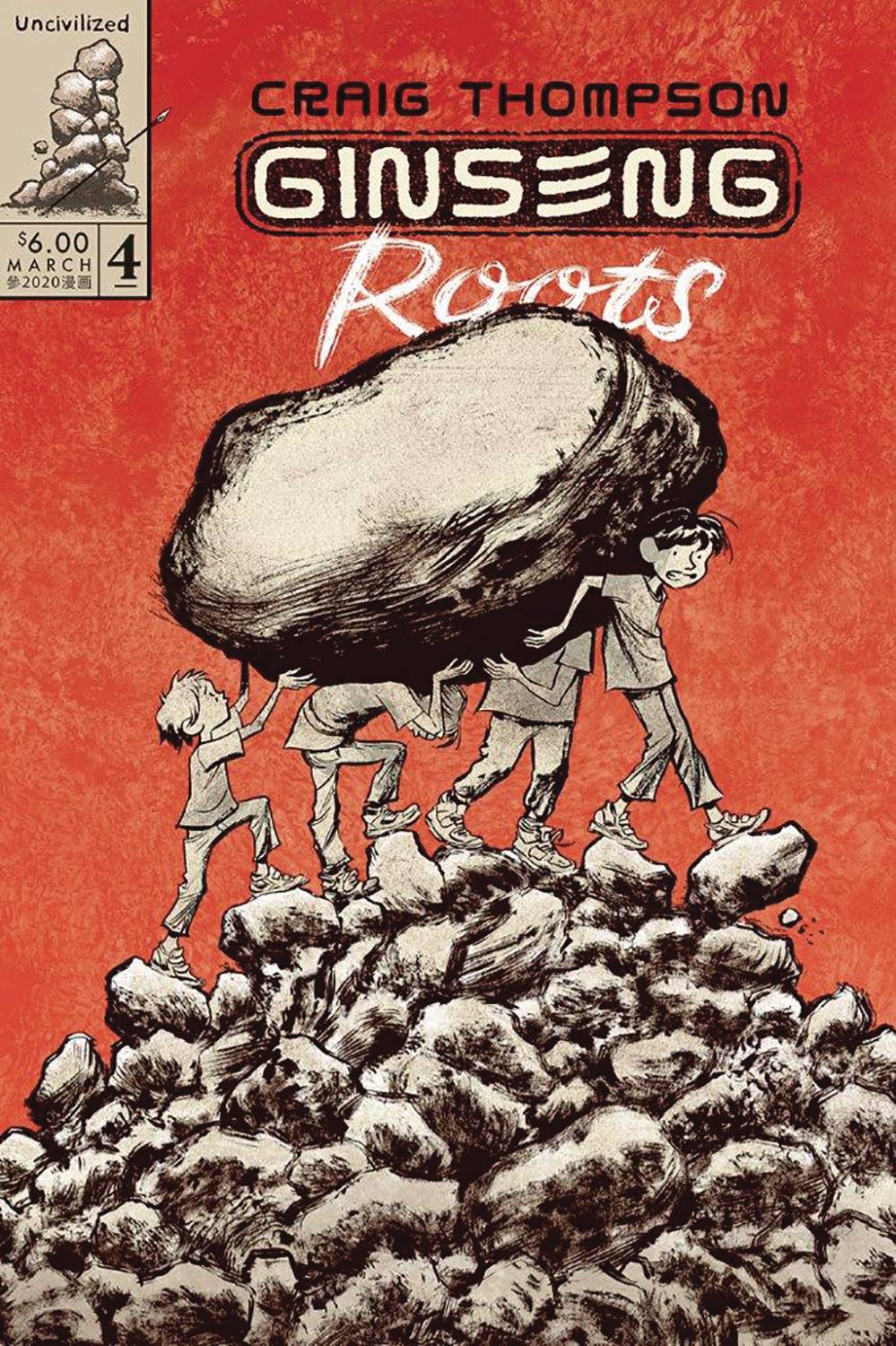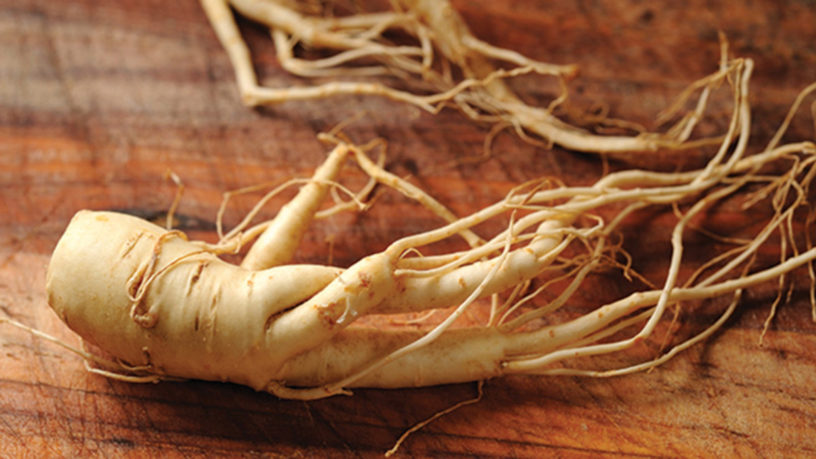

Today it is cultivated mainly in Wisconsin and in the Canadian provinces of Ontario and British Columbia. American ginseng once grew wild from the Appalachian Mountains to Minnesota. Northern China and today is grown as a cash crop in China, Korea, Japan, and Russia. Ginseng is a perennial herb that grows in cool, damp, shady forests. Most of these traditional uses of ginseng have not yet been substantiated by conventional medicine, however encouraging results from some well-designed, controlled human studies strongly suggest that ginseng may improve mental performance and have other health benefits. The genus name Panax means “heal all,” and ginseng is considered by herbalists to be an almost universal remedy.

Ginseng has been used for about 2,000 years in Traditional Chinese Medicine (TCM) to boost energy, hasten recovery from illness or injury, reduce stress, improve mental and physical performance (including sexual performance) and to treat a several dozen different infections, gastrointestinal disorders, circulatory problems, and conditions as diverse as burns, cancers, diabetes, migraine headaches, and weight loss. Ginseng in this entry refers only to Asian and American ginseng of the genus Panax. Siberian ginseng (Eleutherococcus senticosus) is a plant with different properties that belongs to a completely different genus. American ginseng is also known as Canadian ginseng, North American ginseng, Ontario ginseng, Wisconsin ginseng, red berry, sang, and ren shen. Asian ginseng is also known as Korean red ginseng, Chinese ginseng, Japanese ginseng, ginseng radix, ninjin, sang, and ren shen. quinquefolius) have traditionally been used for healing.

Ginseng refers to two closely related herbs of the genus Panax.


 0 kommentar(er)
0 kommentar(er)
